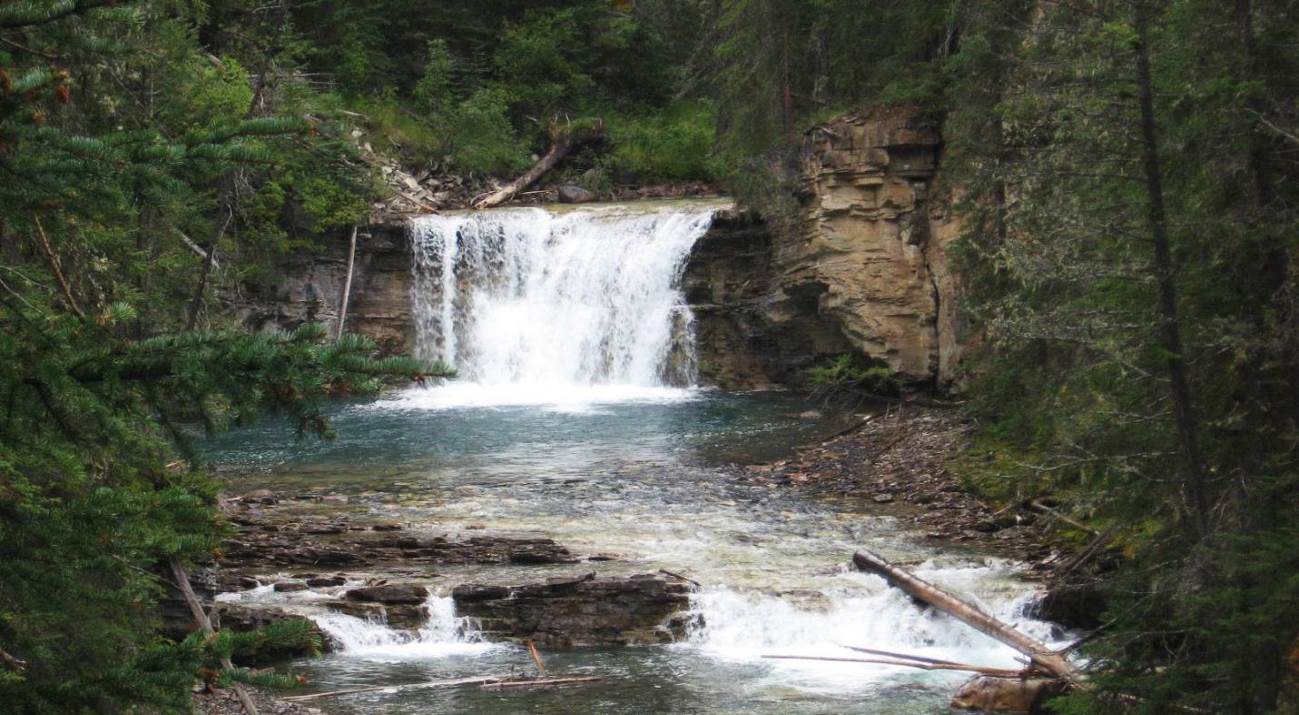Chapter 14. Streams and Floods
Adapted by Joyce M. McBeth, University of Saskatchewan
from Physical Geology by Steven Earle
Learning Objectives
After reading this chapter, completing the exercises within it, and answering the questions at the end, you should be able to:
- Explain the hydrological cycle, its relevance to streams, and describe the residence time of water in these systems
- Describe what a drainage basin is, and explain the origins of the different types of drainage patterns
- Explain how streams become graded, and how certain geological and anthropogenic changes can result in a stream becoming ungraded
- Describe the formation of stream terraces
- Describe the processes that move sediments in streams, and how changes in stream velocity affect the types of sediments that are moved by the stream
- Explain the origin of natural stream levees
- Describe the process of stream evolution and the types of environments where one would expect to find straight-channel, braided, and meandering streams
- Describe the annual flow characteristics of typical streams in Canada and the processes that lead to flooding
- Describe some of the important historical floods in Canada
- Determine the probability of floods of various magnitudes, based on the flood history of a stream
- Explain some of the steps that we can take to limit damage from flooding

Why Study Streams?
Streams are the most important agents of erosion and transportation of sediments on Earth’s surface at this time in Earth’s history. They are responsible for generating much of the topography on that land surfaces that we see around us. They are places of beauty and tranquility, and they provide much of the water that is essential to our existence. But streams are not always peaceful and soothing. During large storms and rapid snowmelts, they can become raging torrents capable of moving cars and houses, and destroying roads and bridges. When they spill over their banks, they can flood huge areas, devastating populations and infrastructure. Over the past century, many of the most damaging natural disasters in Canada have been floods.

